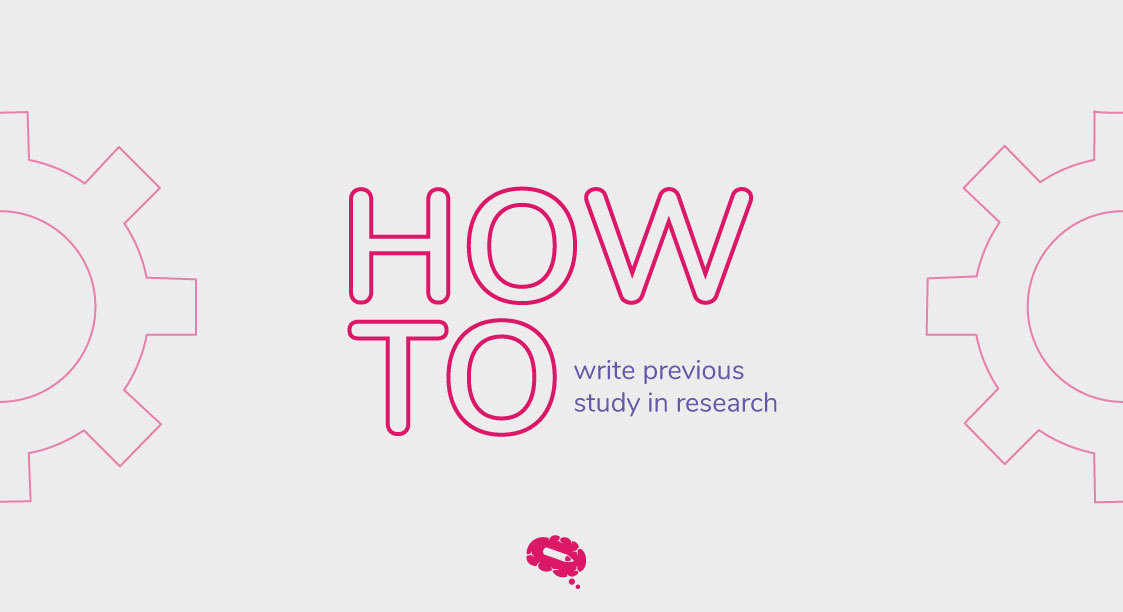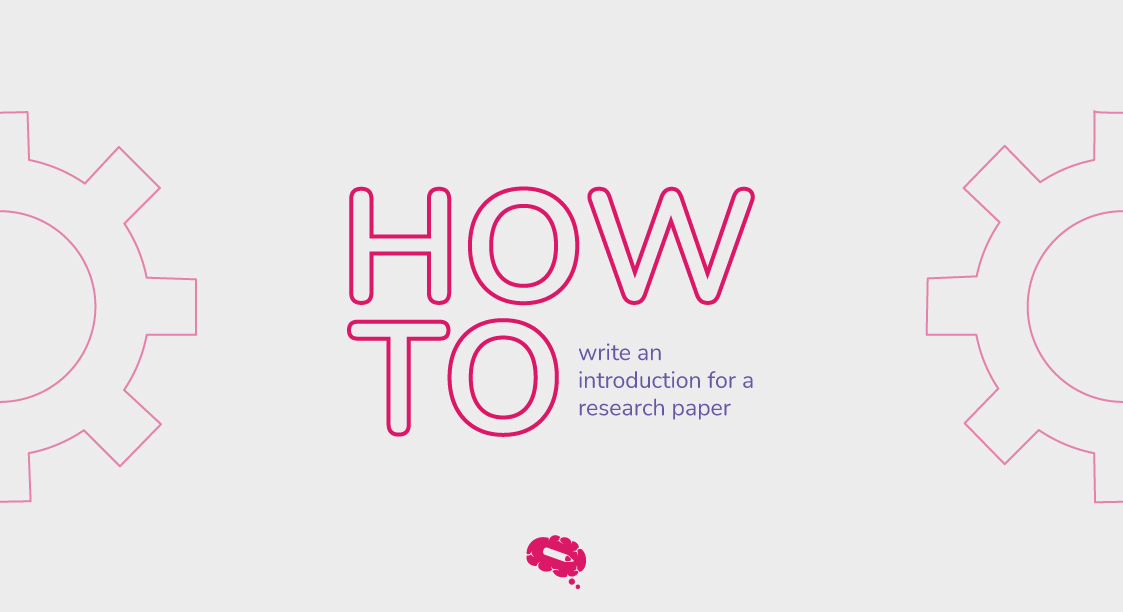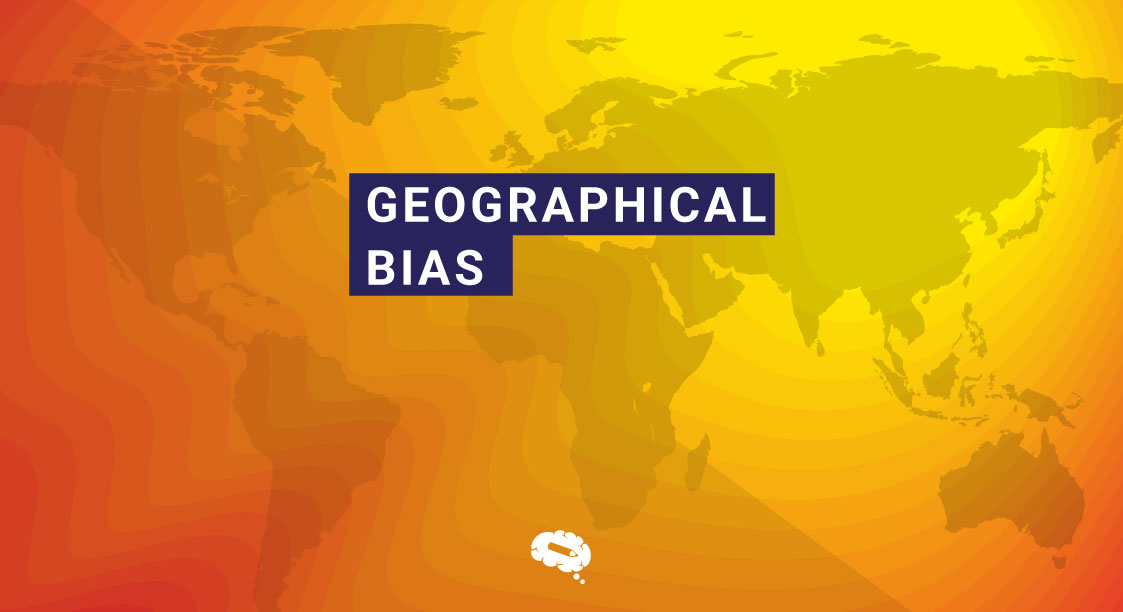Have you ever wondered how research builds upon itself, creating a foundation for discoveries and insights? Is it wrong if you indulge in working on previous studies in research and get a new idea out of it?
The significance of previous studies in research cannot be underestimated. Every piece of scholarly work, from groundbreaking research to humble literature reviews, contributes to the ever-expanding area of knowledge.
In this article, we explore the importance of delving into the archives of research, identifying opportunities for further investigation, and ultimately advancing our understanding of the world around us. Let’s get started and understand how to write previous studies in research.
Purpose And Scope Of Previous Study In Research
The purpose of previous studies in research is to provide a foundation for new investigations. It helps researchers understand what has already been studied, what knowledge gaps exist, and what questions need further exploration. By looking at what others have done, researchers can build on existing knowledge, avoid repeating the same work, and ensure their study contributes something valuable to the field. It also helps validate their research design and methods, making their findings more credible.
The scope of previous studies in research refers to the range of literature and sources that researchers consider relevant to their own study. It involves selecting and reviewing studies that directly relate to their research topic and objectives. Researchers should focus on recent and up-to-date works, including both influential studies and the latest advancements in the field. By being selective and inclusive, they can gain a well-rounded understanding of what has been done before, guiding them to ask meaningful research questions and making their study more impactful.
How To Write Previous Studies In Research
To write the previous studies, you first need to understand the steps in crafting a literature review and the limitations involved. So firstly, let’s understand what is a literature review:
What Is Literature Review?
A literature review is a critical and comprehensive evaluation of existing published research, scholarly articles, books, and other sources relevant to a particular topic or research question. It serves as a crucial component of academic research and helps to establish the context, identify gaps in knowledge, and provide the theoretical framework for the new study. A well-conducted literature review demonstrates the researcher’s familiarity with the existing literature and provides the basis for formulating research objectives and hypotheses.
Also read: What Is A Literature Review? Get The Concept And Start Using It
Literature Review Process
The literature review process typically involves the following steps:
Defining The Research Question
The process starts by clearly defining the research question or topic that the literature review aims to address. A well-defined question helps in narrowing down the search for relevant literature.
Conducting A Comprehensive Search
Researchers then conduct a systematic search for existing literature using academic databases, libraries, online journals, and other reputable sources. Keywords and search terms related to the research question are used to identify relevant studies.
Evaluating The Quality Of Sources
The selected sources are critically evaluated for their quality, credibility, and relevance to the research topic. Researchers consider factors such as the reputation of the authors, the rigor of the research methodology, and the publication venue.
Summarizing And Synthesizing
Researchers summarize the key findings and main points from each selected source. They also identify common themes, trends, and conflicting viewpoints across the literature.
Organizing The Literature
The information gathered from the literature review is organized in a structured manner. Researchers may use themes, categories, or chronological order to present the findings effectively.
Writing The Literature Review
The literature review is then written, incorporating the synthesized information into a coherent narrative. The review should highlight the significance of previous studies, their limitations, and their implications for the new research.
Citing And Referencing
Proper citations and references are provided for all the sources included in the literature review. This ensures academic integrity and acknowledges the work of other researchers.
Also read: Literature Mapping in Scientific Research: A Comprehensive Review
How To Organize And Evaluate Your Literature Review?
Organizing and evaluating sources for your literature review is a crucial process that involves systematically gathering relevant academic materials and assessing their credibility and relevance to your research topic.
Begin by clearly defining your research question or focus, which will guide your search for appropriate sources. Utilize academic databases, journals, books, and reputable online platforms to gather a diverse range of scholarly materials.
As you collect sources, categorize them based on their themes, methodologies, or key arguments to facilitate a coherent and logical structure for your literature review. Additionally, critically evaluate each source’s authority, currency, objectivity, and reliability to ensure you include high-quality and trustworthy information in your review.
By employing a rigorous approach to organizing and evaluating your sources, you will enhance the academic rigor and impact of your literature review.
Limitations Of Previous Studies In Research
The limitations of previous studies are common aspects that researchers should consider while conducting a literature review or developing their own research. These limitations may include:
Sample Size And Representativeness
Some studies may have small sample sizes, which can limit the generalizability of their findings to larger populations or diverse groups. Non-representative samples may also introduce bias into the results.
Research Design And Methodology
Previous studies may have used different research designs or methodologies that could impact the reliability and validity of their results. Flaws in the study design or data collection methods may affect the accuracy of the findings.
Data Quality And Availability
Studies may rely on secondary data sources or data with inherent limitations, potentially affecting the accuracy and completeness of the information used for analysis.
Scope And Generalizability
The scope of a study might be narrow, focusing on a specific population, region, or time period, making it challenging to apply the findings to broader contexts.
Publication Bias
Studies that show statistically significant or positive results may be more likely to get published, while studies with null or non-significant results might go unpublished, leading to a biased representation of the literature.
Ethical Considerations
Ethical issues in data collection or research conduct, such as inadequate informed consent or potential harm to participants, could limit the usefulness or ethical soundness of previous studies.
Related article: What Are The Limitations In Research And How To Write Them?
Identifying Opportunities For Future Research Based On Previous Studies
Identifying opportunities for future research based on previous studies is an essential aspect of conducting a literature review and advancing knowledge in a particular field. Here are some strategies to identify such opportunities:
Unanswered Questions
Look for gaps in the existing literature where important questions remain unanswered or areas where conflicting or inconclusive results have been reported. These gaps represent opportunities for future research to delve deeper into the topic and provide more comprehensive insights.
Emerging Trends
Identify emerging trends or new developments within the field. These can indicate areas that are gaining significance but may not yet have been extensively studied. Exploring these emerging trends can contribute to the cutting edge of research.
Limitations Of Previous Studies
As mentioned earlier, assess the limitations of previous studies. These limitations can point to areas that need further investigation, using improved methodologies or data sources to overcome the shortcomings of earlier research.
Replication Studies
Consider replicating studies that have produced significant findings but have not been replicated by other researchers. Replication studies help validate and strengthen the robustness of existing findings.
Cross-Disciplinary Research
Look for opportunities to integrate knowledge and methodologies from different disciplines. Combining insights from diverse fields can lead to innovative research and fresh perspectives on existing problems.
The Bottom Line
The role of previous studies in research and literature review is crucial in shaping knowledge within any field. Through a comprehensive and critical examination of existing literature, researchers can identify gaps, trends, limitations, and unanswered questions that provide valuable opportunities for future investigation.
Previous studies serve as a foundation upon which new research can build, validate, and extend existing findings, or challenge established paradigms. By acknowledging and understanding the contributions and limitations of past research, scholars can design more robust studies, explore emerging trends, and engage in cross-disciplinary collaborations to further enrich our understanding of complex phenomena.
Your Creations, Ready Within Minutes!
Are you in a hurry to publish your papers and have no time to create graphs and infographics? Well, we understand that, as a scientist, you have many tasks on your plate but visuals are equally important. Worry not as we are here with a tool that can make your creations ready in minutes – Mind The Graph. Sign Up now to learn more.

Subscribe to our newsletter
Exclusive high quality content about effective visual
communication in science.





